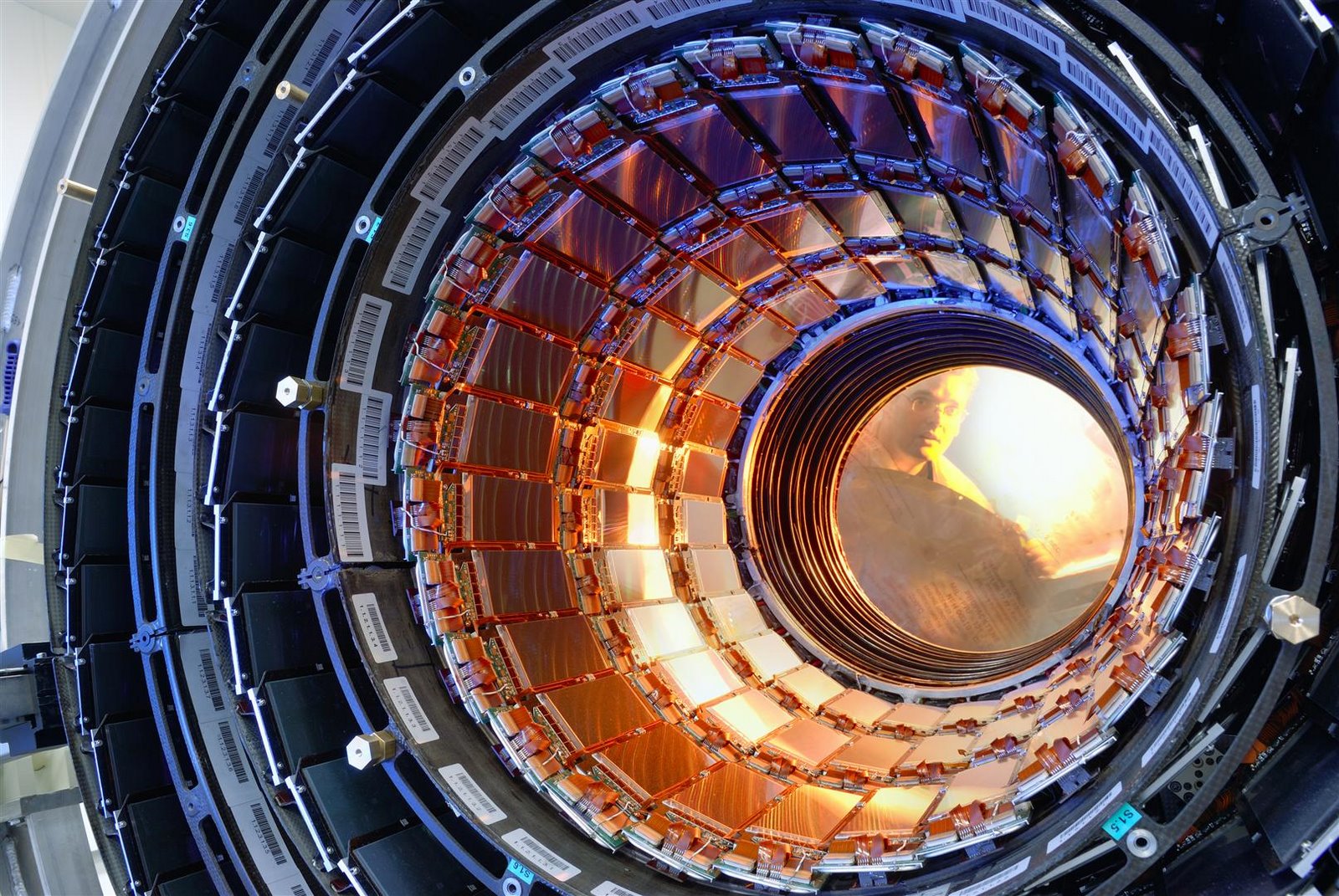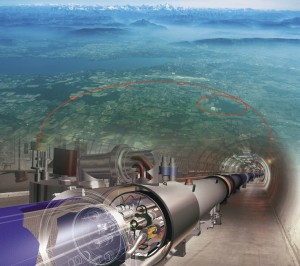Based near Geneva, in Switzerland, the Large Hadron Collider‘s 17-mile underground tunnel is quietly going about its business 175 meters below the Franco-Swiss border. This month, while many people were doubtlessly yodelling and eating chocolate above them, scientists below recorded a temperature of ten trillion degrees — a million times hotter than the core of the sun.
When they were building the thing, at a cost of approximately £2.8 billion, the European Organisation for Nuclear Research came under frequent scrutiny from experts worldwide, some warning Princess bounce house the proposed experiments could even spawn a black hole that could destroy the earth. Although mainstream science recognised the invaluable potential for groundbreaking research, and passionately justified the collider as a tool in the continuing battle to understand the origins of the universe, some people thought it was an experiment too far.
The aim of this massive metal tunnel was to recreate the environment that would have immediately followed the big bang, billionths of a second after it happened.
In very simple terms, they fire two particles in opposite directions along the tunnel in the hope that they might collide with each other, at near the speed of light. If they do, it produces a NEXT LEVEL quantity of energy.
So. Lead ions are 200 times heavier than the protons they have used over the last seven months in the collider. When the two lead ions whizzed around it and met earlier this month, they mashed into one another and created a ‘sub-atomic fireball’. That just sounds immense whatever it is. As Dr Dave Evans of Birmingham University said: “At these temperatures, even protons and neutrons, which make up the nuclei of atoms, melt resulting in a hot, dense soup of quarks and gluons known as a Quark-Gluon plasma.”
Yeah Dave, my soup’s a bit hot actually. Might leave it for a while. I don’t really like Quark-Gluon soup anyway mate. To be honest.
I don’t pretend to know about science, but what I definitely do know is that the sun is really fvcking hot. You basically learn that pretty early on in life. You can’t fly, Coco-Pops are the dank and the sun is really hot. Now, correct me if I’m wrong – a million times hotter than really fvcking hot would be – proper, proper fvcking hot. Not even a calculable level of hot. An unimaginable, inexplicable ‘what the fvck are you even on about?’ level of hot. One million times hotter than the core of the sun. Under Switzerland.
Still. If they can turn this experiment into an energy resource, one that we can use to power our everyday lives, it only cost a quid for every 3500 degrees of heat.

















